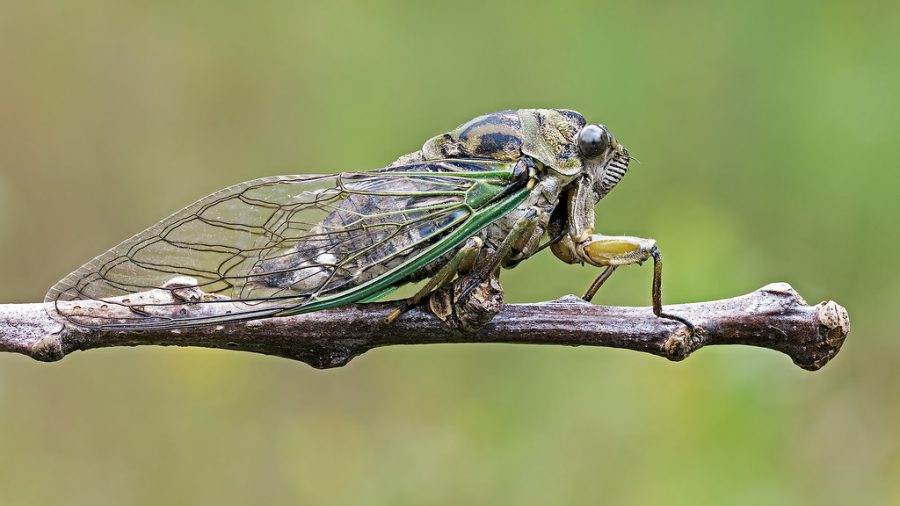Cicadas, What’s The Point?
The Abundance Of Cicadas This Year Has Brought On The Question “Aren’t cicadas useless?” Among Many.
You can hear the chorus of the cicadas every afternoon, but what’s the point in them? Periodical cicadas, the ones out now, come out every 13-17. They spend these years burrowed underground in larvae form feeding on liquid from tree roots. In the spring they emerge and complete their final molt into adulthood. Adult cicadas are black on top and orange underneath. They have bright red eyes and membranous wings with black veins. They’re only found in the eastern and mid-western United States. They grow to be just over an inch. Cicadas’ primary purpose is to reproduce, but they also prune mature trees, aerate the soil, and once they die, their bodies serve as an important source of nitrogen for growing trees.
Almost any animal with a diet that includes insects eat cicadas, but since they overproduce this doesn’t do much harm. They produce in the millions so there will always be many to mate and reproduce. Cicadas have modified mouthparts to feed on liquids rather than solid material. Larvae suck juices from plant roots, while adults suck fluids from woody shrubs and trees. Annual cicadas exist as well. These cicadas live about two to eight years, but because their life cycles aren’t synchronized like periodical cicadas, some of them emerge every year.
People have sampled cicadas and say they taste like canned asparagus.
RELATED STORIES:











